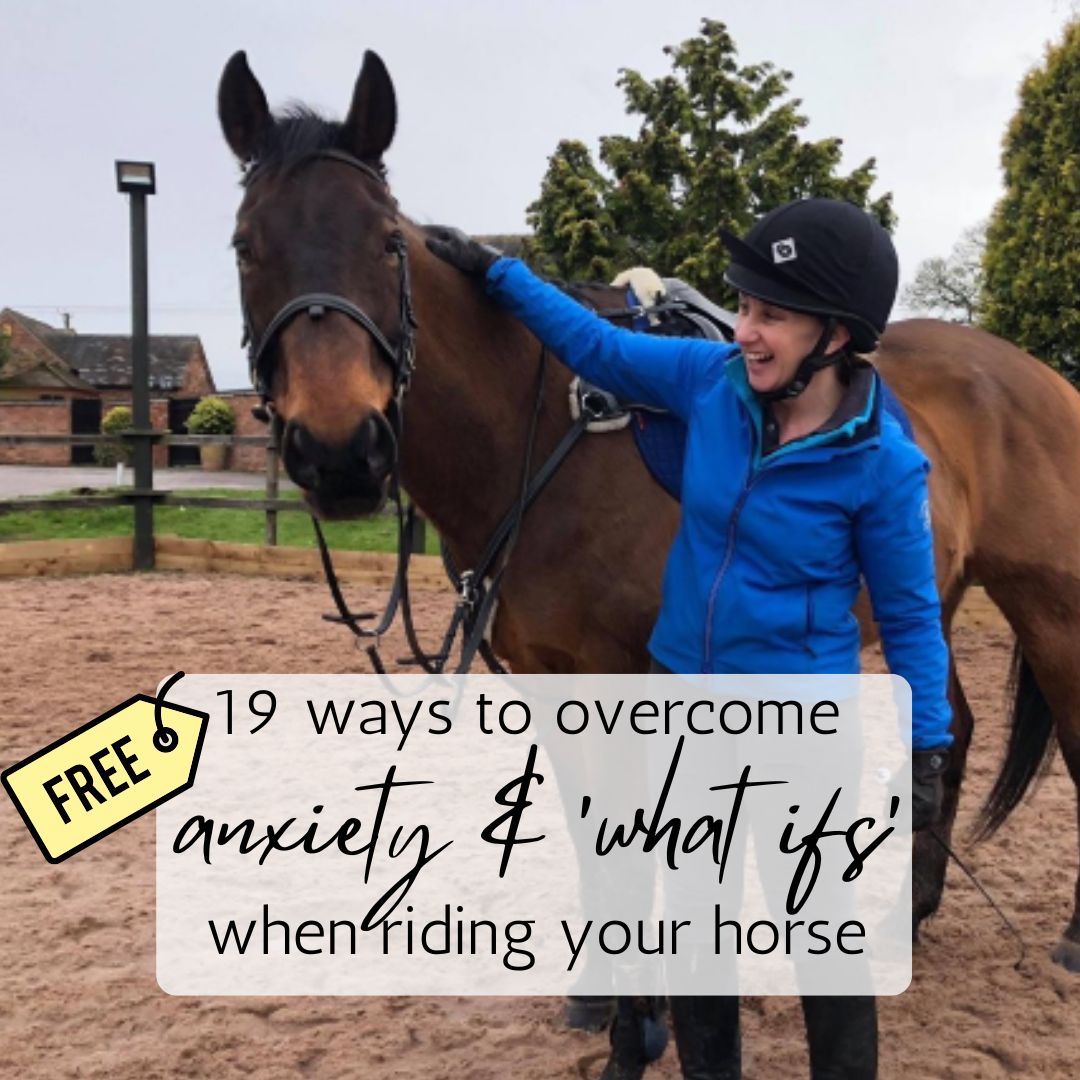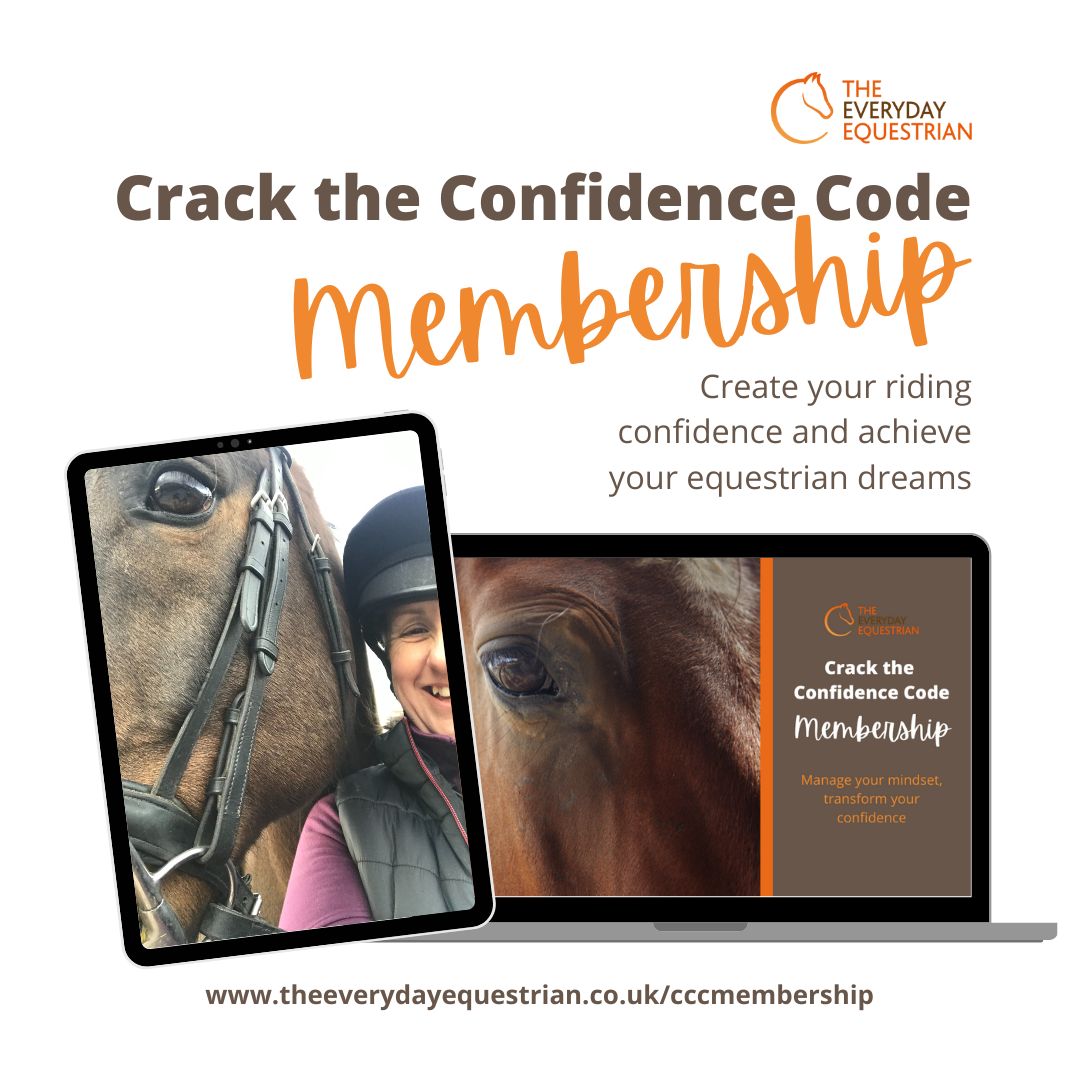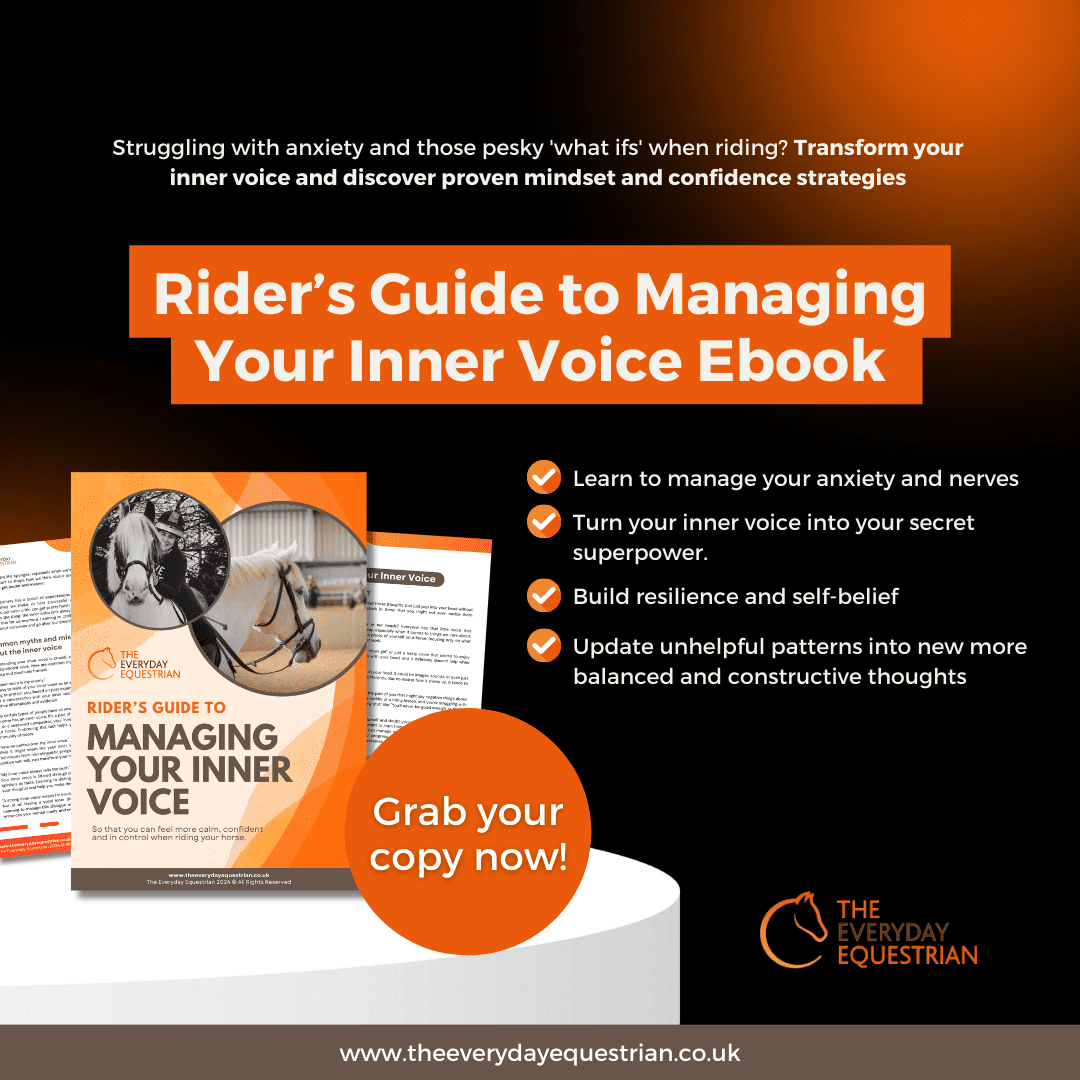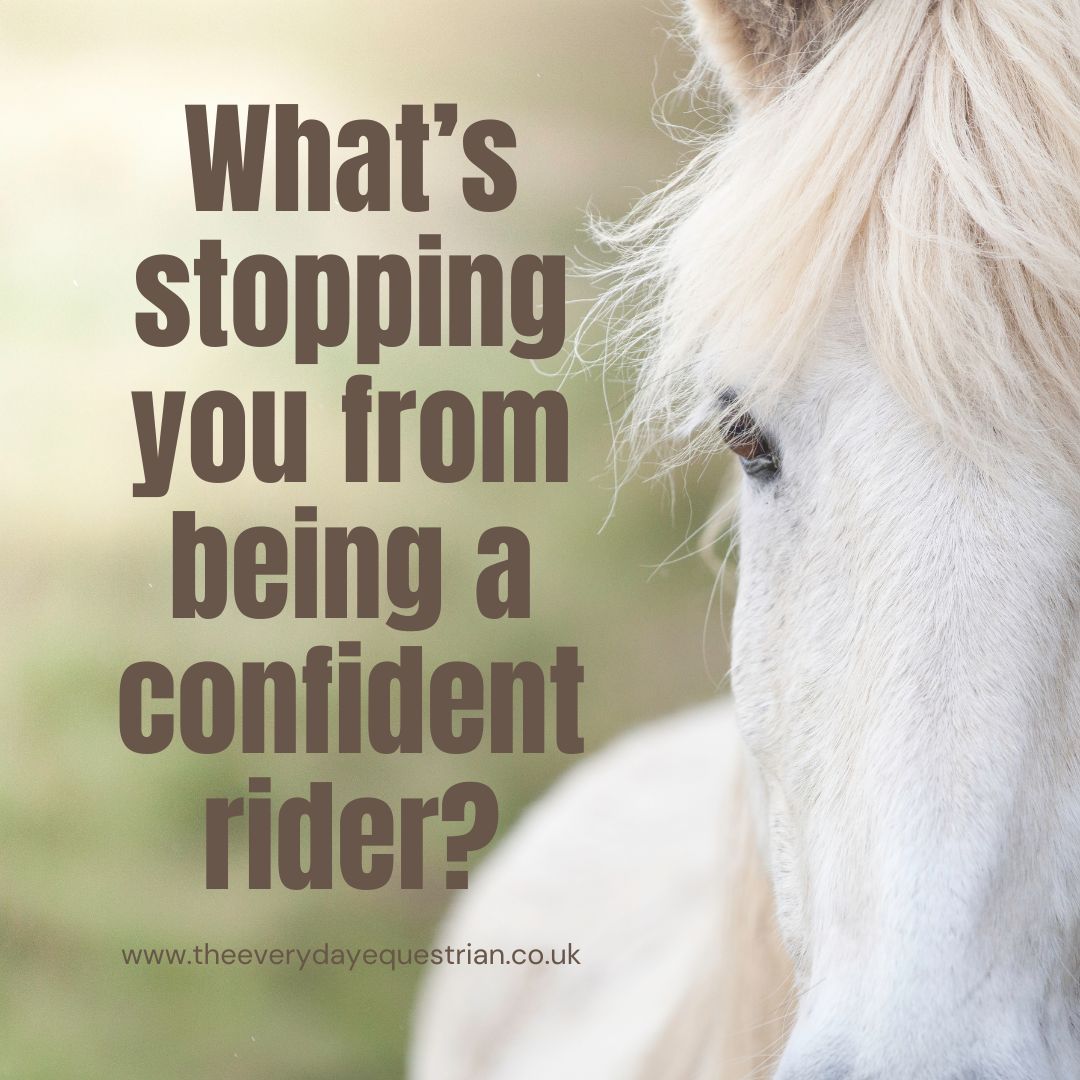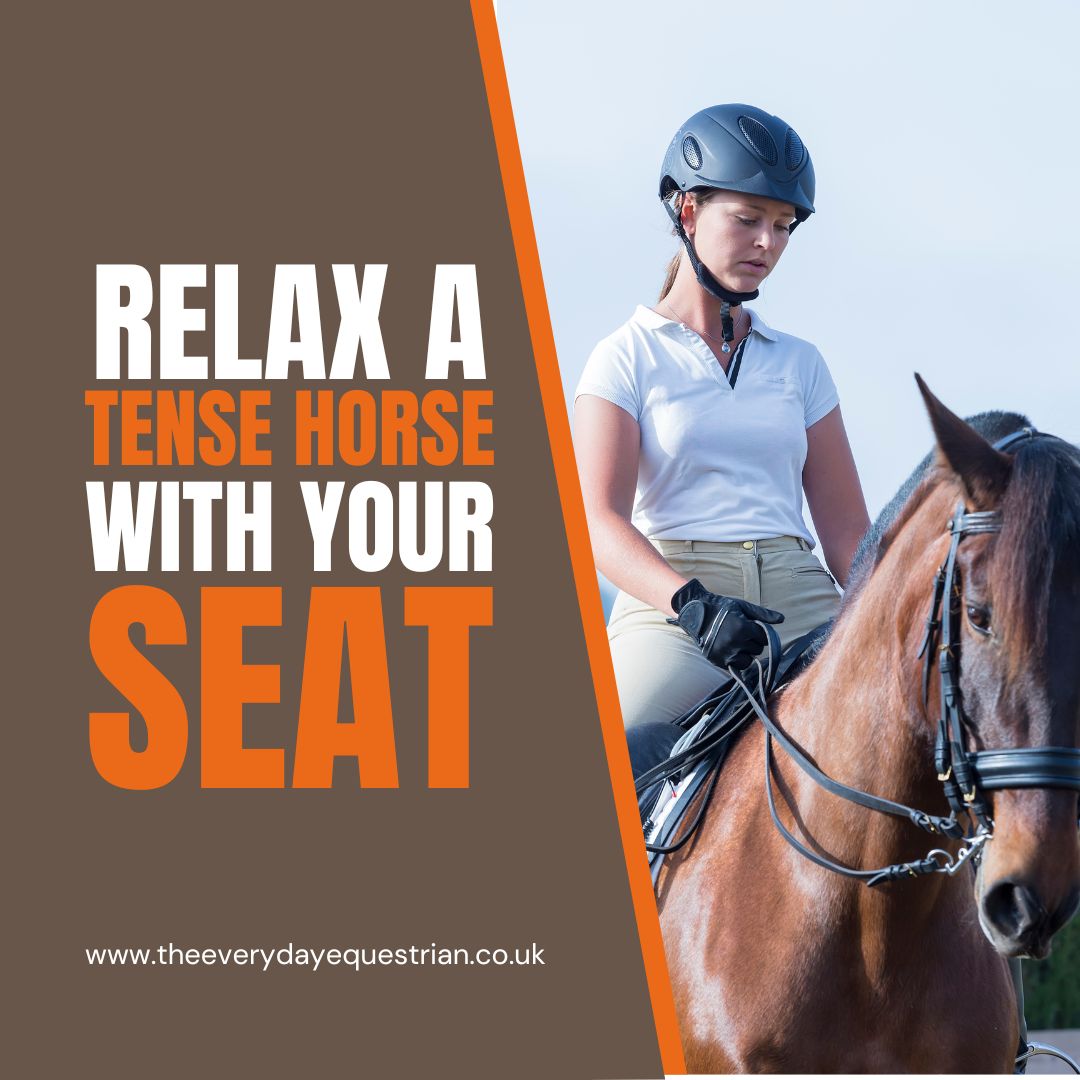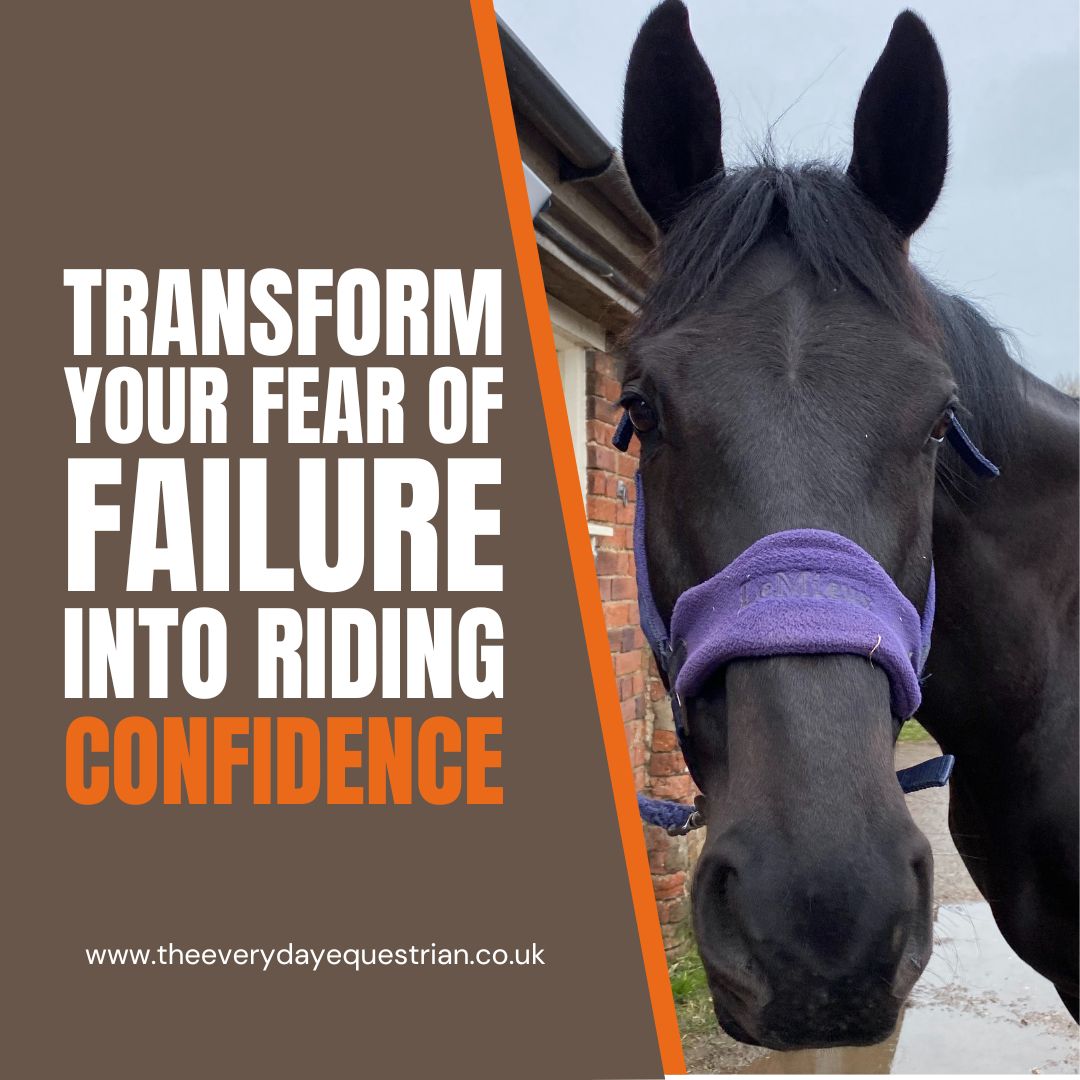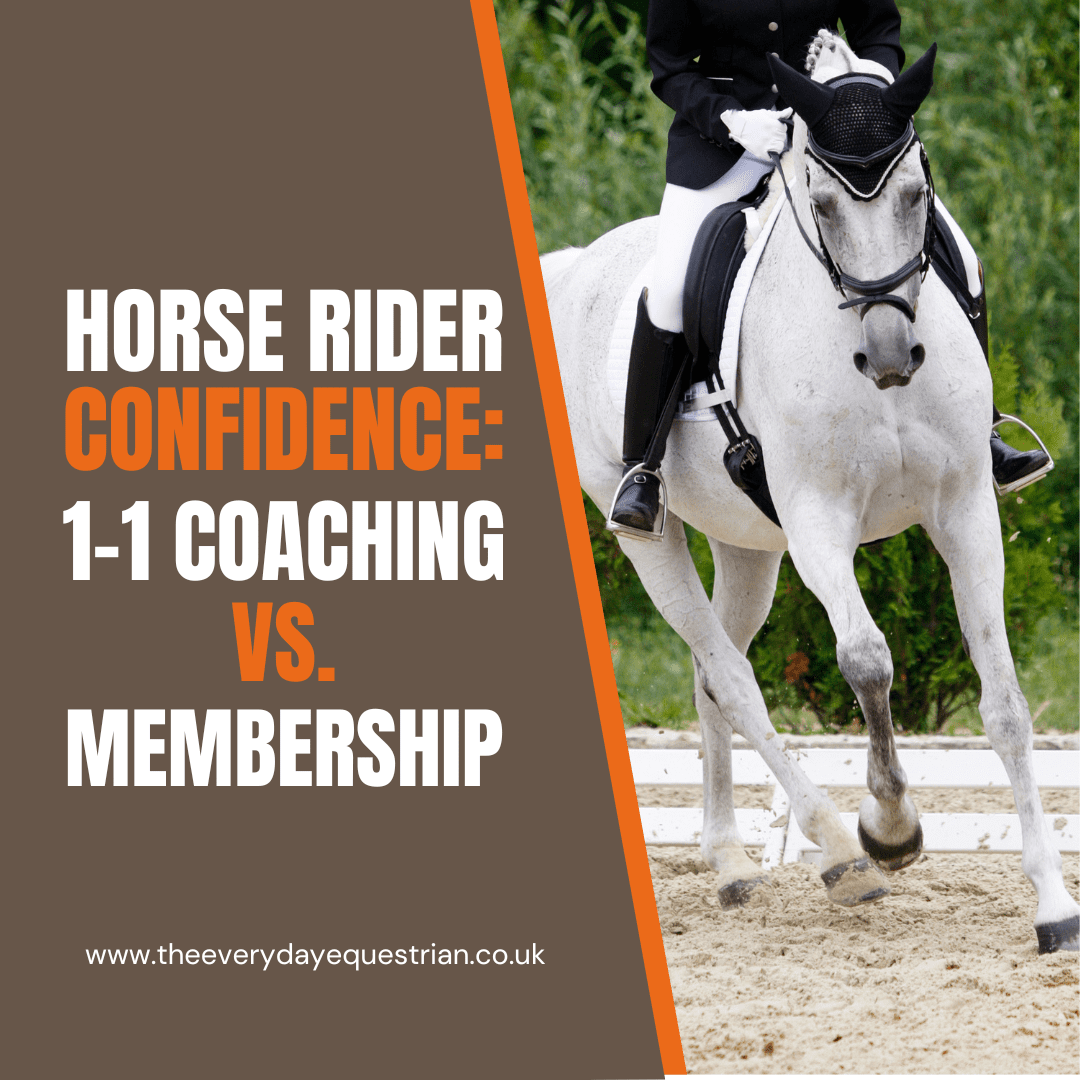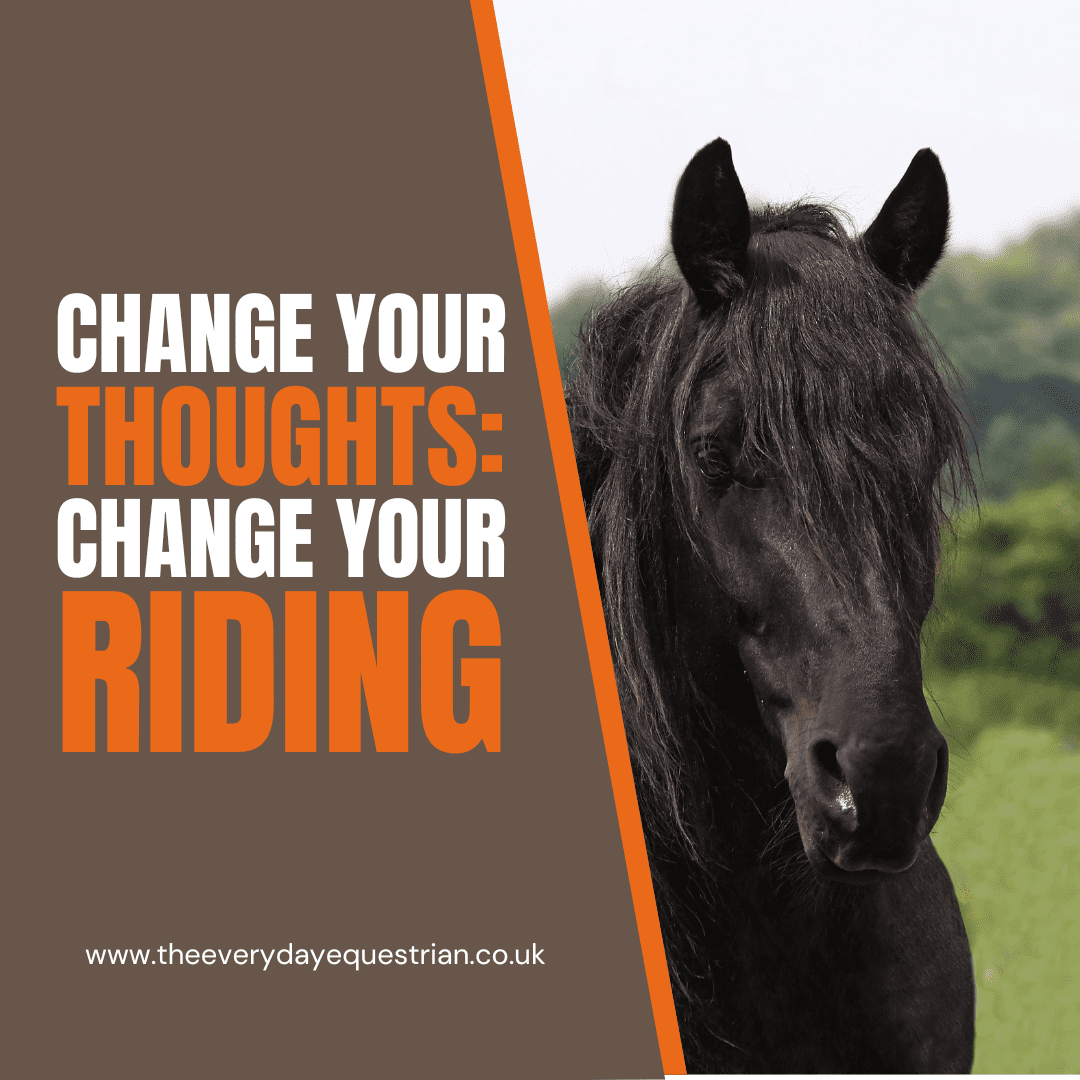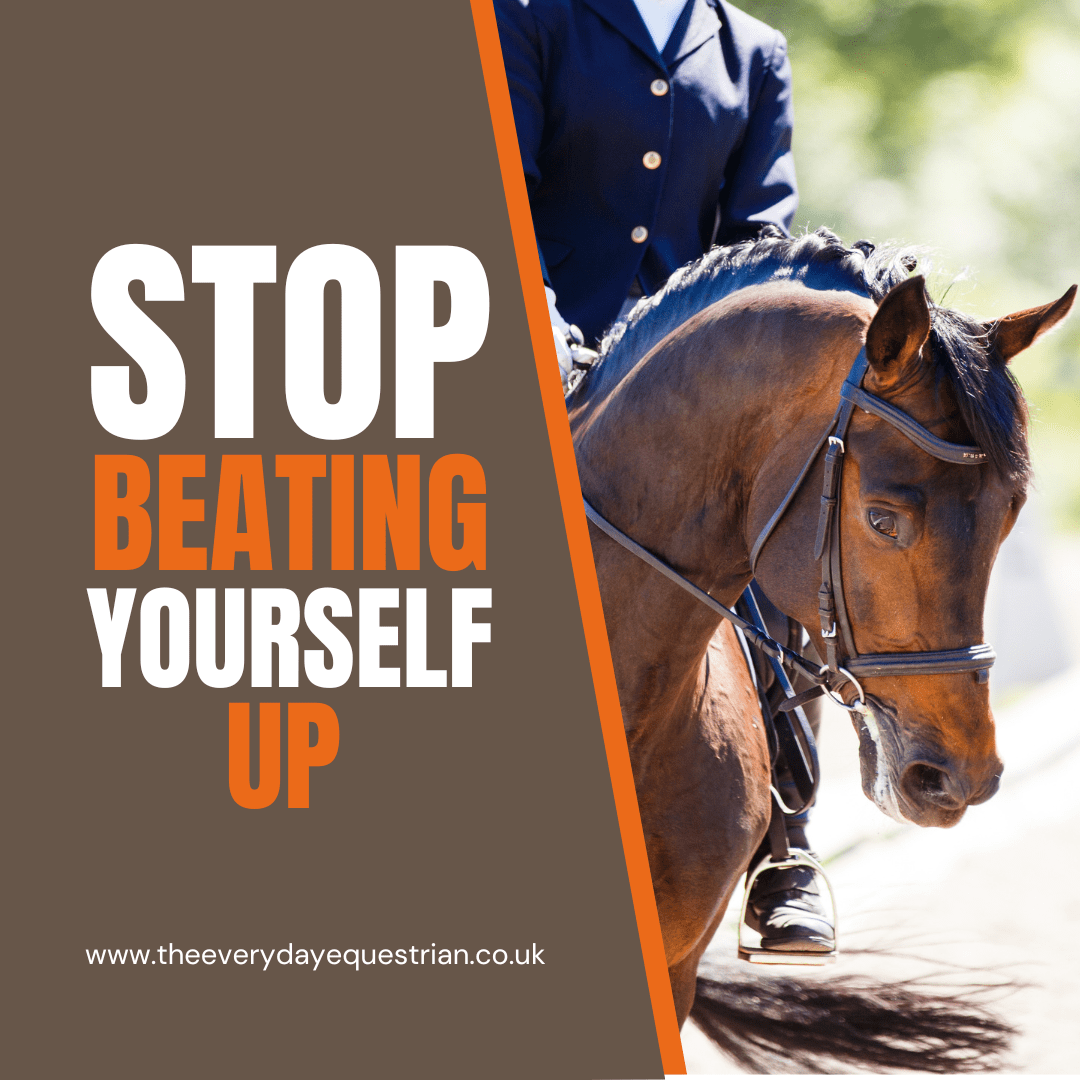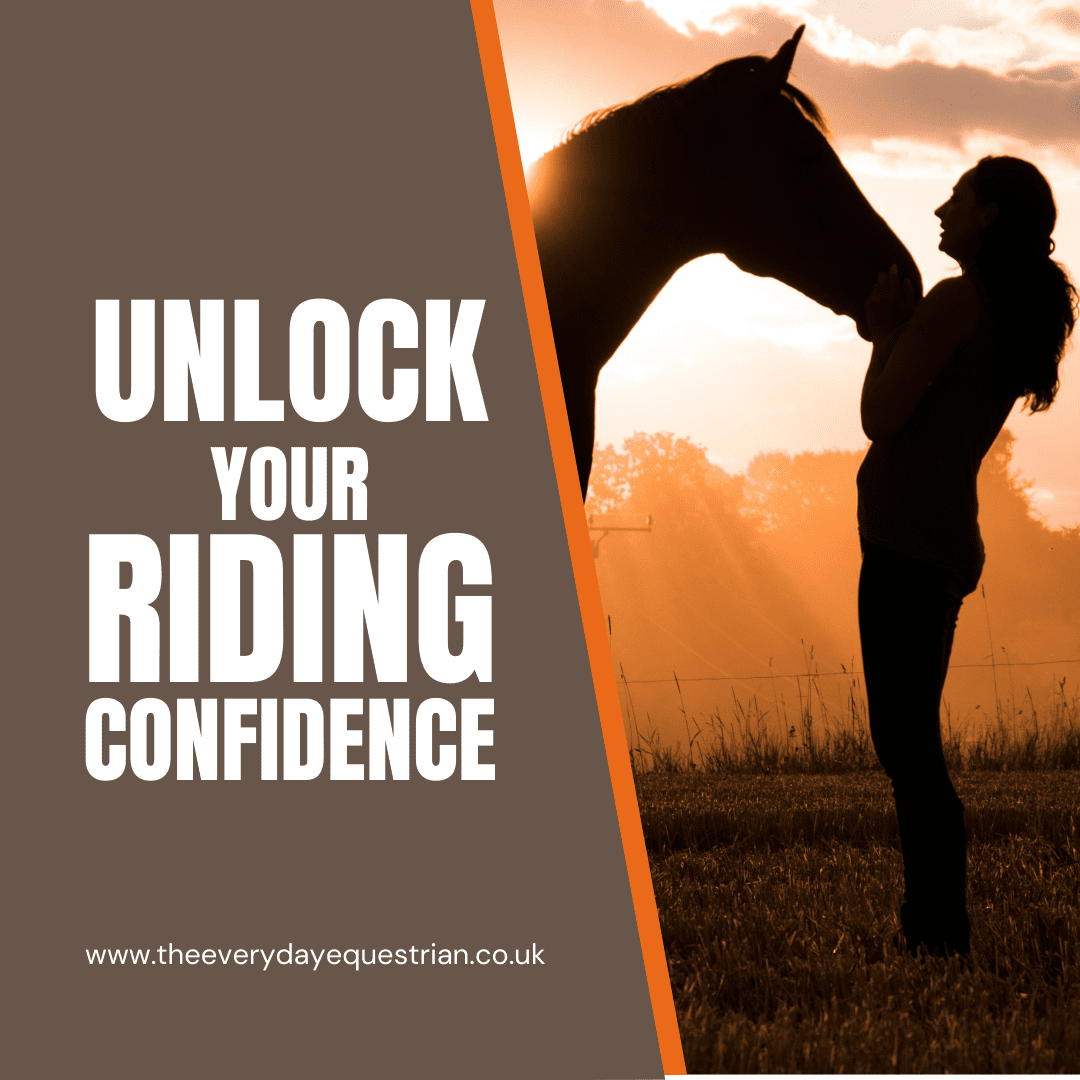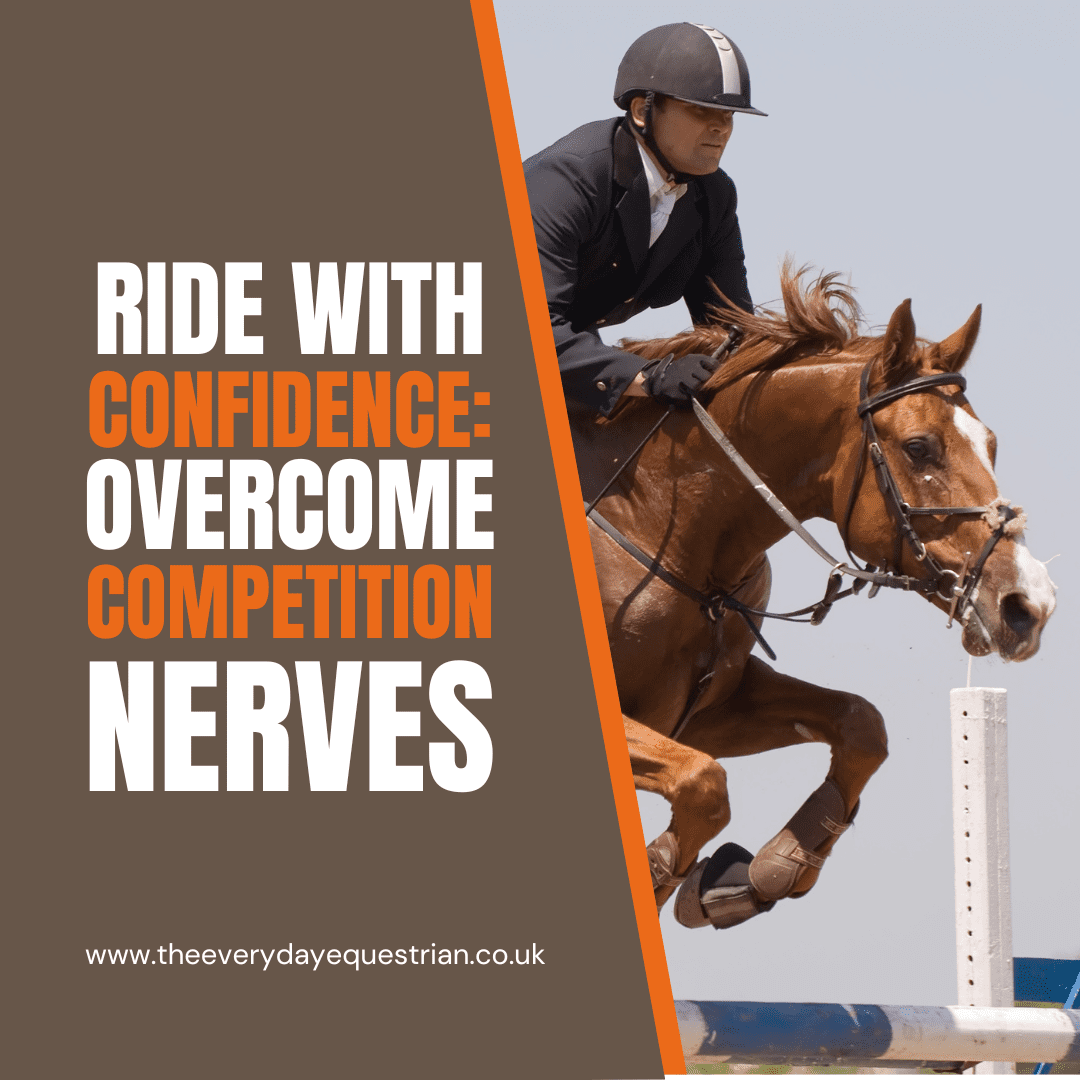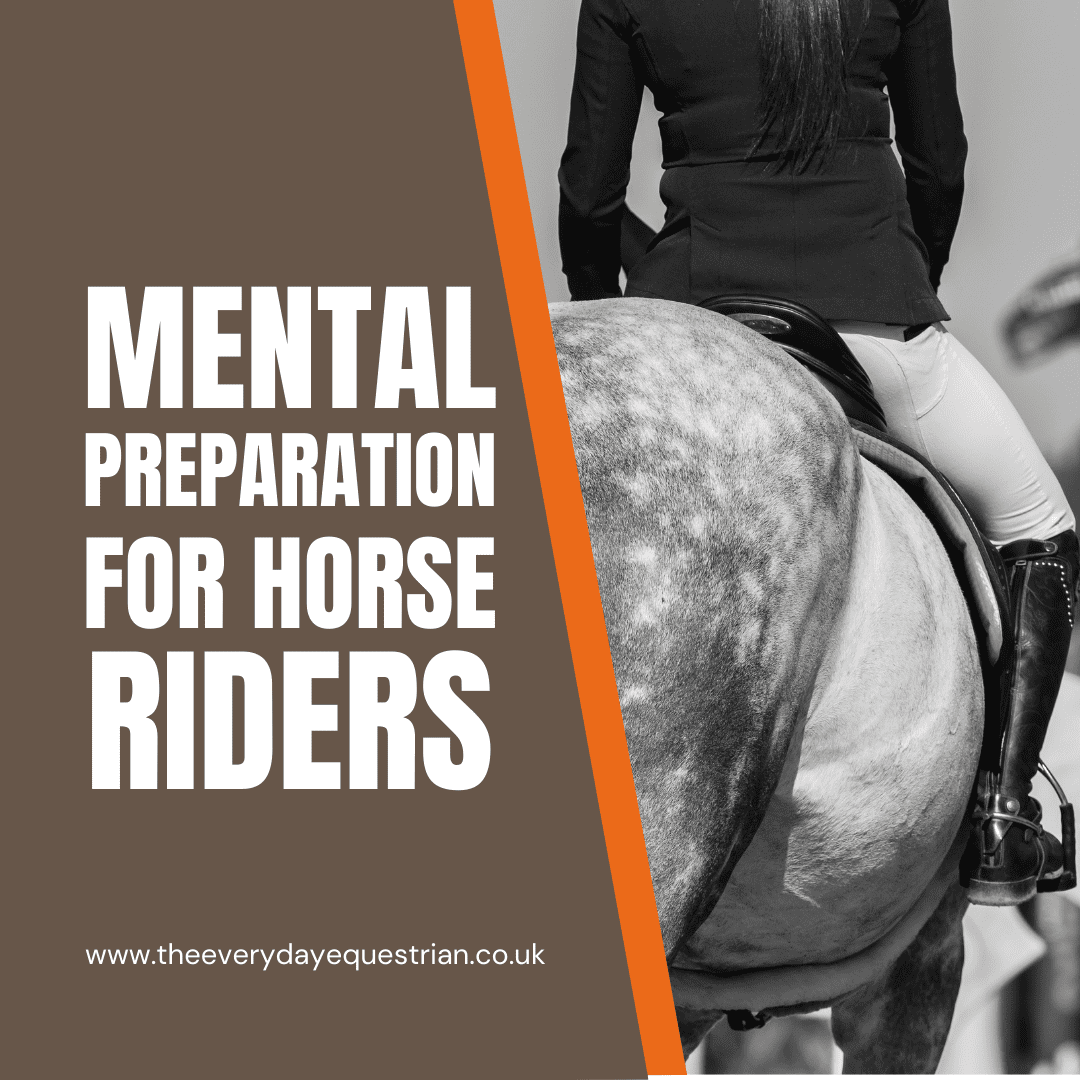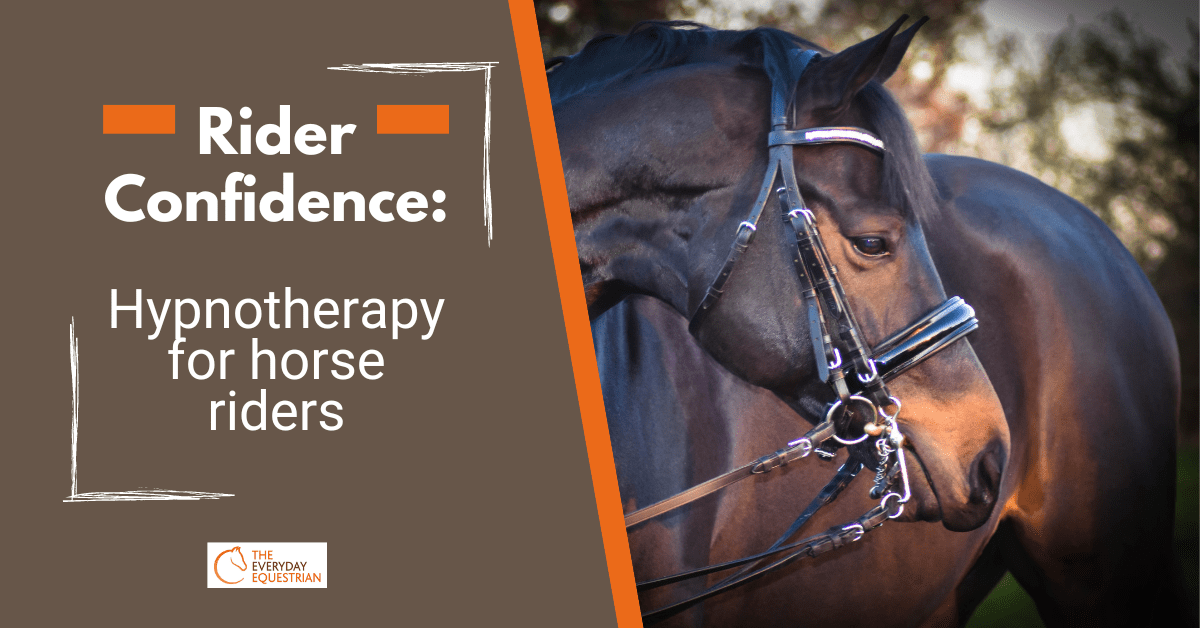Feeding hay in the field
www.theeverydayequestrian.co.uk
Not many of us are lucky enough to have an endless acreage of pasture for our horses. Indeed, many livery yards restrict turnout over the winter months so much that we’re lucky to let our horse’s stretch their legs in the field at all! Good grazing is at a premium over winter, and to attempt to keep horses occupied, meet their need to trickle feed, and to give them something nutritious when the mud appears, we are forced to provide hay or haylage in the field.
Lugging hay out to the field each morning is hard enough, without seeing half of yesterday’s pile spread around & covered in droppings! There are many ways to feed hay in the field; some of my favourites are below. Please note – I have no affiliation with any of the companies; my comments are entirely from my own experience!
- Hay Hutch
We’ve had the Medium sized Hay Hutches for about 4 years, and they are brilliant. They look pretty much brand new still and have stood up to all sorts of weather & horse antics! What I really like about the Hay Hutches is that they are wider at the base so are super stable, even in the worst weather. When I’m organised, they can be filled the night before and the hay will stay dry, ready for when the horses go out in the morning. We’ve happily had 3 horses grazing from one hay hutch, and find that if each hutch is stuffed full, they will easily last the group a full day of turn-out. Their design also encourages a natural feeding position.
While they are expensive (£185 for the medium Hay Hutch), they are absolutely a great investment; they are designed with the horse’s safety in mind and in my experience, they are incredibly robust & built to last.
- Wooden crates
I know some handy people have built their own wooden boxes using pallets, and they can be great. They will certainly keep hay in one place & prevent too much wastages. My concerns with these are accidents when horses get a bit boisterous & we know that wood will split easily if kicked. I guess this option depends on how well your horses get on together!
These wooden crates also won’t keep hay dry, so would need to be filled immediately prior to the horses going out, so you lose the opportunity to ‘get ahead’ with your jobs. BUT they are reasonably easy & cheap to make, so for owners on a budget, this can be a great compromise.
- Wheelie bins
I see loads of people starting to use these as a cheaper option for offering hay in the field. The good points are that they will keep hay dry & clean when the lid is secured, and the horse can eat naturally by taking hay from the hole at the bottom of the bin. My issues with this option are again the safety aspect of the bin. The lid needs to be secured somehow with a mechanism which will not injure the horse, and all sharp edges need to be removed. Further, the wheelie bin is not very stable and can quite easily fall over, so these absolutely should be secured to a decent fence. This then limits how & where the bin can be moved to reduce poaching of the field.
- Eazigrazer
Now I haven’t tried these, so cannot speak from experience, however these do look like a great product! They look well made & I like the amount of thought that has gone into design. They actively encourage slow eating & attempt to mimic the horse’s natural trickle feeding instinct. My concern is whether they would stand up to winter conditions in the field. I’m also not sure that they would hold sufficient hay for a full day for any more than one horse, and when you start buying more than one, they seem expensive.
- Hay Graze Horse Feeder / Hay Saver
A really interesting design, but again I have no direct experience of using these products. It looks like a great way of slowing down the speed at which your horse munches through the hay, and it also looks like it is made from robust plastic. My concern would be how stable it would be in the field, as the base looks narrower than the top. From the website images, it does look as if there are some clear edges where the horse could injure himself too. I’ll sit on the fence with this one!
So there you have it, my review of current products for feeding hay in the field – I’d love to hear your experiences!!

